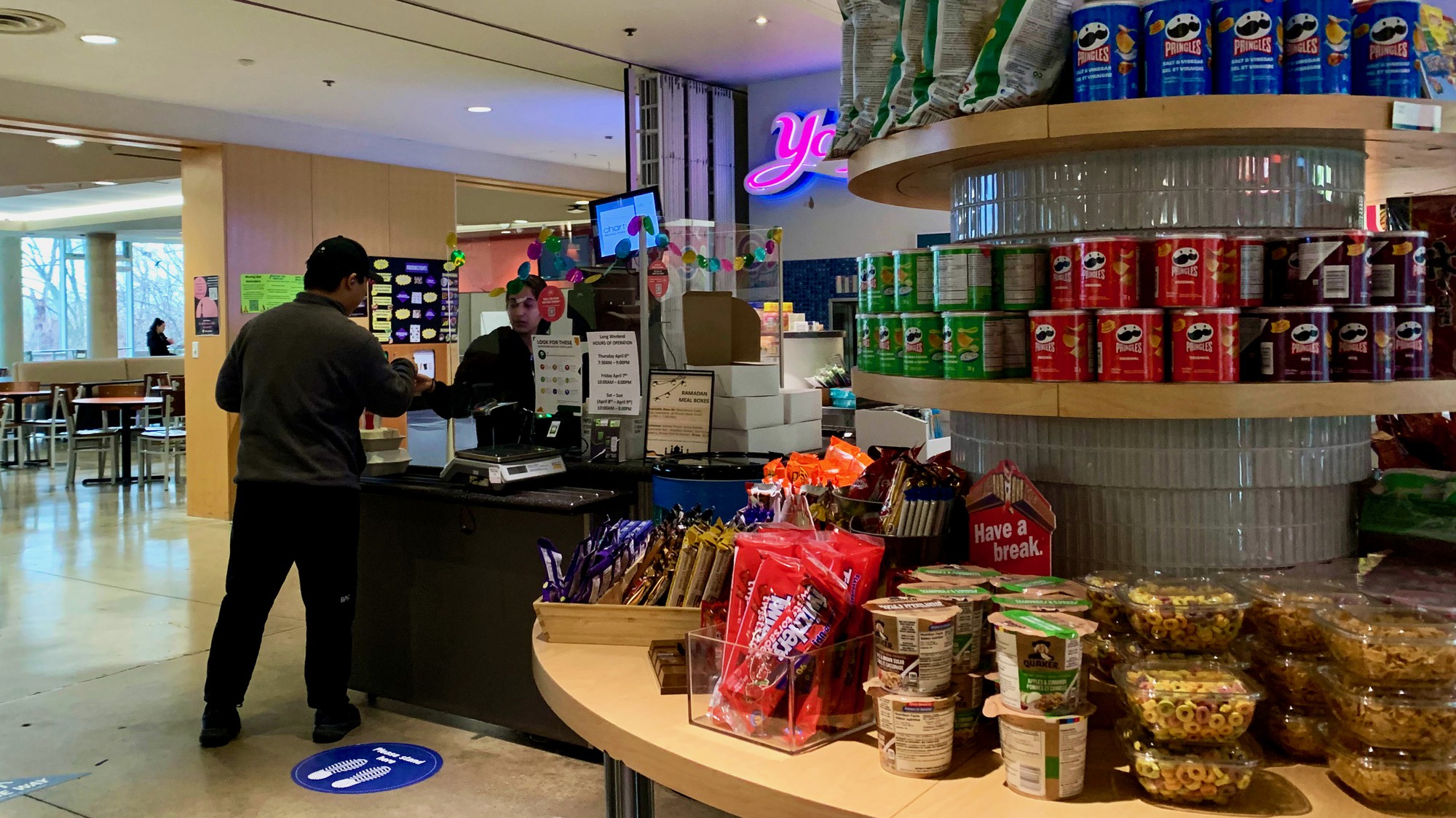Jim Rapi, a first-year Fitness and Health Promotion student at Humber College, left the Philippines last year to live his Canadian dream.
He now juggles full-time schooling with 30 to 35 hours of work a week.
“I’m concerned that if the cost of living keeps rising, I might not be able to manage everything on my own,” Rapi said.
According to the Canadian Students Federation Ontario, international students pay more than four and a half times as much in tuition as their domestic classmates.
Statistics Canada reported the Consumer Price Index rose in February by 5.2 per cent, a slight drop from the 5.9 per cent recorded in January. But among individual sectors in the CPI, food prices rose 10.6 per cent compared to last year.
Cereal products, sugar and confectionery, fish, seafood and other marine products continue to soar at their fastest pace due to supply constraints, including the Russian invasion of Ukraine, and bad weather in food-growing regions.
Those high food prices are putting a strain on students. A national survey found more than half of post-secondary students experienced food insecurity in 2021.
Affording necessities occupies students’ minds, despite inflation being nothing new, said Jessica Moorhouse, a financial counsellor and host of the More Money podcast.
Moorhouse said post-secondary students take a big hit because they have bills, rent, tuition, and books to pay.
“When food gets more expensive, you either have to earn more or cut back in another area of your life,” she told Humber News.
Corey McAuliffe, a postdoctoral research fellow at the University of British Columbia’s School of Nursing, said these students are in a stressful transitional period.
McAuliffe, who specializes in public health nutrition and mental health, said newfound independence on top of a pandemic could be overwhelming for some.
“Stress and anxiety are provoked when people are trying to access food that they’re unable to, or that they fear, soon, they will be unable to do so,” she said.
McAuliffe’s latest research revealed people with a reported disability, Indigenous identity or a pre-existing mental health condition are likely to spend more time worrying about food.
They also had higher odds of feeling anxious or worried and having suicidal thoughts or feelings, the report showed.
While young adulthood inevitably ends, food insecurity remains a problem beyond nutrition, said Tim Li from PROOF, a national food insecurity research program at the University of Toronto.
“That also translates to a greater need for health care services, emergency department visits or hospitalization,” Li said.
He said this ripple effect is why urgent government action is needed.
“We need to think about lifting them out of [poverty],” he said.
The latest PROOF report showed almost one in six households across Canada experienced some form of food insecurity in 2021.
Half of the food insecure households are reliant on its limitations, such as minimum wage, job availability, employment circumstances and standards of care that aren’t enough to ensure all Canadians are working, Li said.
He said knowing which policy options would have the most significant effect would require more research.
A conversation among policymakers, school administration and students about schooling — the rise of tuition, tuition freezes, the cost of going to school, student loans, student grants and bursaries — is necessary, he said.
“Increasing wages would be something that affects a lot of people, not just students,” Li said, pointing out some students have children or families and would gain from increased social assistance or benefits such as child benefits.
Soon, 11 million lower-income families may feel some relief with the one-time grocery rebate that the federal government announced in March.
In the meantime, students can make temporary sacrifices in dealing with rising food costs more sustainably, Moorhouse said.
For example, she said, students could look at their bank and credit card statements to determine where their money is going.
Takeout, groceries or dining out are questions Moorhouse said students could ask themselves before looking into school food programs, meal planning and discount apps like Flipp.
For students like Rapi, sharing the cost of groceries with housemates and bringing food from home to school or work are automatic choices, allowing him to limit his food bill to $40 to $50 per week.
Still, he said, “I really hope it doesn’t come to the point of me asking my parents for more money.”

